Introduction
In the realm of gourmet cuisine, abalone soup stands as a testament to the harmony of flavors and the artistry of culinary craftsmanship. This luxurious dish, often featured in high-end restaurants and celebrated for its exquisite taste and nutritional benefits, is a delight for both the palate and the soul. Abalone, a type of marine mollusk known for its tender texture and rich, umami-laden flavor, serves as the cornerstone of this soup. Its preparation, however, is an intricate process that requires patience, precision, and a deep understanding of culinary techniques. This article aims to guide you through the journey of crafting an exquisite bowl of abalone soup, from sourcing the finest ingredients to perfecting the final broth.
Section 1: Understanding Abalone
Before diving into the recipe, it’s crucial to understand the basics of abalone. Available in various sizes, from small to giant, abalone is primarily valued for its meat, which is tender and flavorful. The larger the abalone, the more meat it yields and generally, the more sought-after it is. Fresh abalone is preferred for its superior taste, but dried abalone, which has a concentrated flavor and can be stored for longer periods, is also widely used.
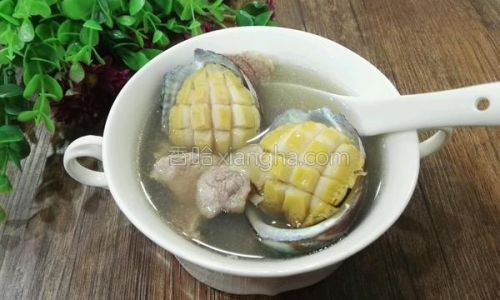
When selecting abalone, look for firm, moist flesh with a slight shine and a pleasant sea aroma. Avoid any that appear slimy, have an off odor, or show signs of discoloration. Fresh abalone should be cooked soon after purchase, while dried abalone can be soaked and prepared as needed.
Section 2: Gathering Ingredients
Crafting a memorable abalone soup begins with gathering the finest ingredients. Here’s a comprehensive list:
- Abalone: Fresh or dried, depending on preference and availability.
- Chicken or Pork Bones: For creating a rich, flavorful broth.
- Ginger: To balance and enhance the flavors.
- Scallions: For a subtle sweetness and aroma.
- Chinese Wolfberries: Known for their nutritional benefits and subtle sweetness.
- Shaoxing Wine: Adds depth and complexity to the broth.
- Salt and White Pepper: To taste.
- Water: High-quality water is essential for a clear, pure broth.
- Optional Ingredients: Depending on personal preference, you may add other ingredients such as ginseng, mushrooms, or sea cucumber for added texture and nutrition.
Section 3: Preparing the Abalone
-
Cleaning Fresh Abalone:
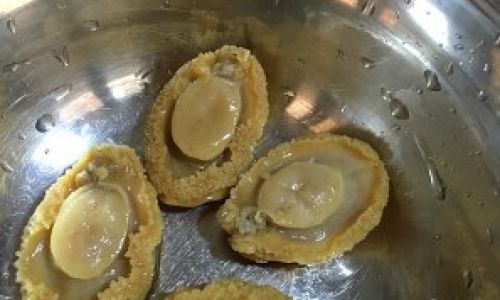
- Rinse the abalone under cold running water to remove any dirt or debris.
- Use a sharp knife to carefully remove the black intestinal tract and any other internal organs.
- Slice the abalone thinly or into bite-sized pieces, depending on the recipe.
-
Preparing Dried Abalone:
- Soak the dried abalone in cold water for at least 24 hours, changing the water every 6-8 hours to remove any impurities and soften the meat.
- Once softened, clean the abalone as described for fresh ones.
- Soak further in a mixture of water and a little Shaoxing wine to enhance its flavor.
Section 4: Making the Broth
The broth is the soul of abalone soup. Here’s how to create a rich, flavorful base:
-
Boiling the Bones:
- Rinse chicken or pork bones thoroughly under cold water.
- Place the bones in a large pot with enough water to cover them by at least 2 inches.
- Bring to a boil over high heat, then skim off any foam or impurities that rise to the surface.
- Reduce the heat to low and simmer gently for about 2 hours, skimming occasionally.
-
Adding Aromatics:

- While the bones are simmering, prepare the ginger by slicing it thinly.
- Tie the scallions into knots for easier removal later.
- Add the ginger slices and scallion knots to the broth.
-
Incorporating Abalone:
- After the broth has simmered for 2 hours, add the prepared abalone pieces.
- Continue simmering for another 1-2 hours, depending on the desired tenderness of the abalone.
-
Seasoning and Final Touches:
- Add Shaoxing wine to the broth during the last 30 minutes of cooking to infuse it with a rich, aromatic flavor.
- Season with salt and white pepper to taste.
- Add the wolfberries in the last 10 minutes of cooking to preserve their texture and sweetness.
Section 5: Serving the Soup
Serving abalone soup is an art form that should be approached with care. Here are some tips for presenting your masterpiece:
- Ladling the Soup: Use a ladle to carefully scoop out the soup, ensuring each serving contains pieces of abalone and other ingredients.
- Garnishing: Enhance the visual appeal by garnishing with chopped scallions, cilantro, or a sprinkle of white pepper.
- Serving Temperature: Serve the soup hot, as its flavors are best appreciated when warm.
- Accompaniments: Pair the soup with steamed rice or delicate dim sum for a complete meal.
Section 6: Tips and Tricks for Perfection
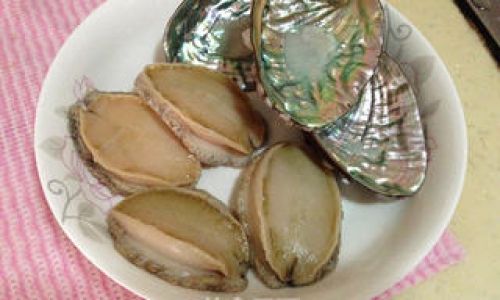
- Patience is Key: The longer the broth simmers, the richer and more flavorful it becomes. However, avoid overcooking the abalone, which can make it tough.
- Quality Ingredients: Always use high-quality ingredients, especially for the broth base and abalone, as their quality directly impacts the final dish.
- Adjust Seasoning: Taste the broth frequently during cooking and adjust the seasoning accordingly. Remember, salt enhances flavor but too much can overpower the delicate taste of abalone.
- Storage: If you have leftover soup, store it in an airtight container in the refrigerator for up to 3 days. Reheat gently, avoiding boiling, to preserve the texture and flavor.
Conclusion
Crafting an exquisite bowl of abalone soup is a labor of love that requires time, skill, and a deep appreciation for culinary artistry. By following the steps outlined in this guide, from understanding the nuances of abalone to perfecting the broth and serving the final dish, you can create a meal that is not only a delight for the senses but also a testament to your culinary prowess. Remember, the journey to mastering the art of abalone soup is as rewarding as the final taste. Enjoy your culinary adventure!
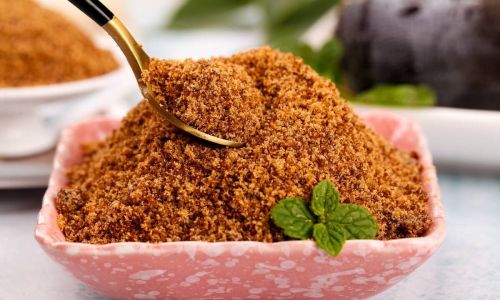


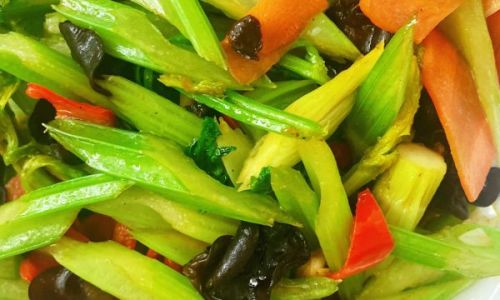
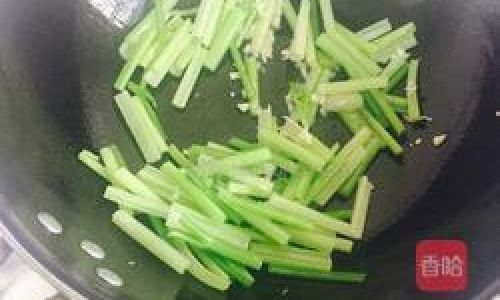
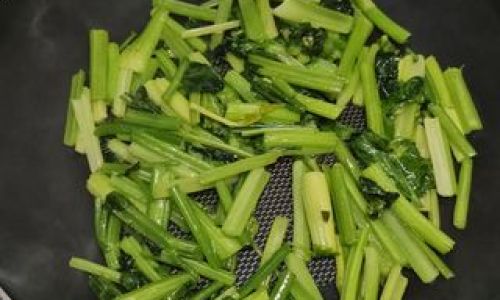
0 comments